Several pathogens attack the Chilli crop, but viruses are the most common cause of heavy losses. Several viral diseases have been reported to attack this crop, causing mild to severe mosaic, yellow mosaic, mosaic mottle, leaf curl, leaf roll, bushy stunt, and necrosis symptoms. Let’s check out more information about leaf curl virus in chilli crop below.
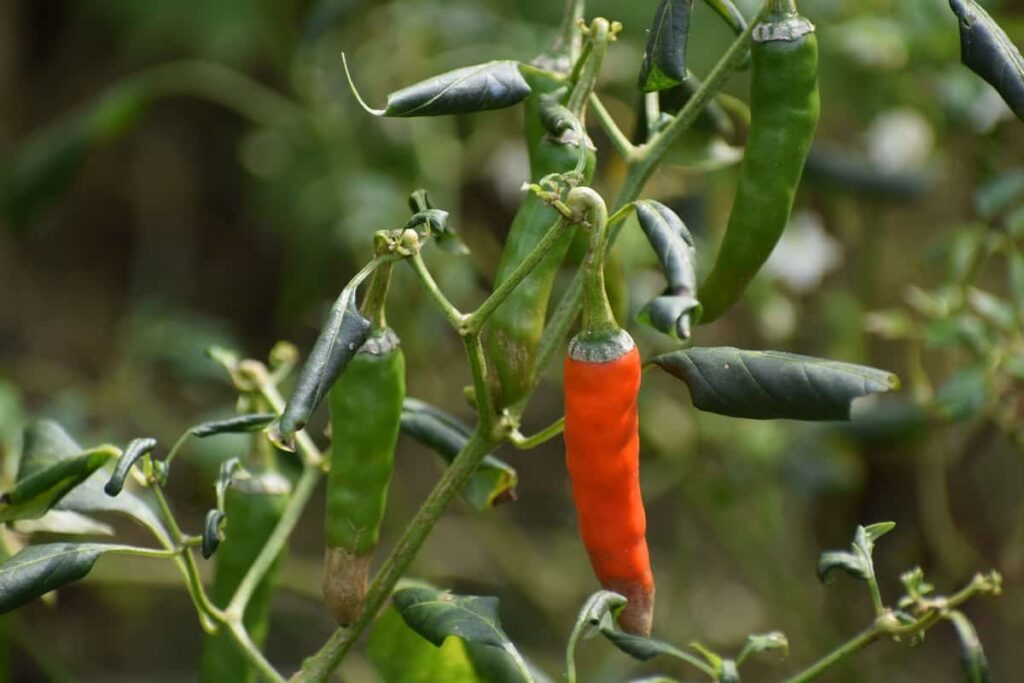
As the name implies, leaf curl disease is caused by a virus called begomovirus that is predominantly transmitted through whiteflies. As they are 1.5 mm long, they have waxy white wings with pale yellow bodies, and they are usually seen on the lower side of the leaves, where they are found in abundance. The number of whiteflies that can travel to a certain area depends on the wind conditions, which determine how far the whiteflies will be able to travel.
\When it comes to whiteflies, they are most problematic from the middle of the season to the end. Even though the virus does not spread through seeds, the virus persists in the landscape by using alternative hosts (such as tobacco & tomato) and weeds to spread. Furthermore, some additional factors can lead to the development of the disease, including recent rainfall, infected transplants, and weed infestations. As a nursery plant, Chilli plants are most susceptible to infection when they are growing from seedlings and during their vegetative stage.
Leaf curl virus in chilli crop
The lifecycle of leaf curl virus
The first leaf disease symptoms appear about two weeks after the leaves emerge from the buds. As a result of the fungus growing between the leaf cells, the cells are stimulated to divide and produce more extensively than usual, resulting in swelling and distortion of the leaf. As a result of this leaf curl disease, the leaves, twigs, flowers, or fruits are forced to produce many more cells than they should in an area due to a fungus that infects and destroys them.
In case you missed it: Sucking Pests in Chilli Crop: Symptoms, Causes, Control, and Treatment
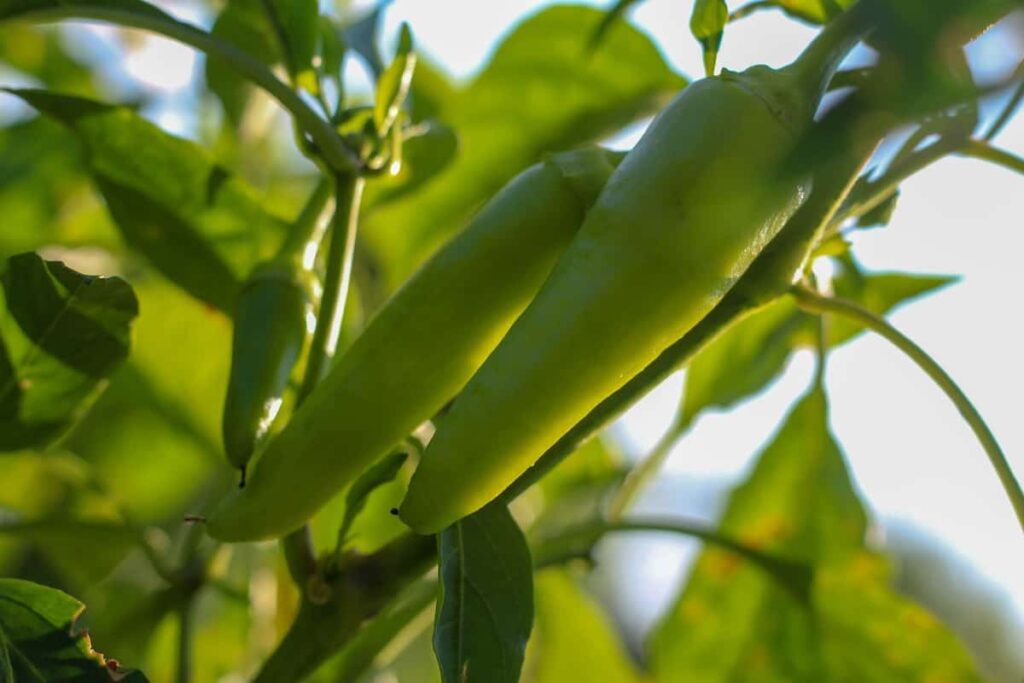
In addition, it causes raised spots on the infected part of the body due to the infection. Asci are structures formed by the fungus cells that break through the leaf’s cuticle and penetrate the leaf. Ascospores are spores formed when the fungus reproduces inside these structures. In turn, these white powders are formed on the leaves and other parts of the plant that have been affected by this disease.
Water splashed on the spores causes them to spread to uninfected tissues and to divide into bud-conidia as soon as they contact the water. The fungus survives the hot, dry summer in the form of ascospores and bud-conidia on the surface of the trees. During the fall season, the ascospores germinate and produce more bud-conidia when the weather turns cool and wet. As bud-conidia continue to grow through budding, the number of new and old conidia will also increase.
The tree’s surface eventually forms a film of bud-conidia as a result of formation of bud-conidia. The bud-conidia can infect new leaves during spring when they are moved by splashing water from irrigation or rain dripping from the leaves. There is a good chance that the disease will flourish during cool, wet weather periods when the leaves first open on the plant. It is common for bud-conidia to grow at or above 95% relative humidity, which is conducive to their budding.
A large amount of wetness must be present for more than 12.5 hours at temperatures below 16°C from rain, dew, or irrigation for infection to occur. The cool weather prolongs the period during which a disease will develop, as it favors the pathogens and slows down the growth of the leaves. It is believed that the development of Chilli leaf curl ceases when young tissue no longer develops or when the weather becomes dry and hotter.
In case you missed it: How to Control Western Flower Thrips in Chilli Crop: Identification, Fact Sheet, Chemical and Biological Management
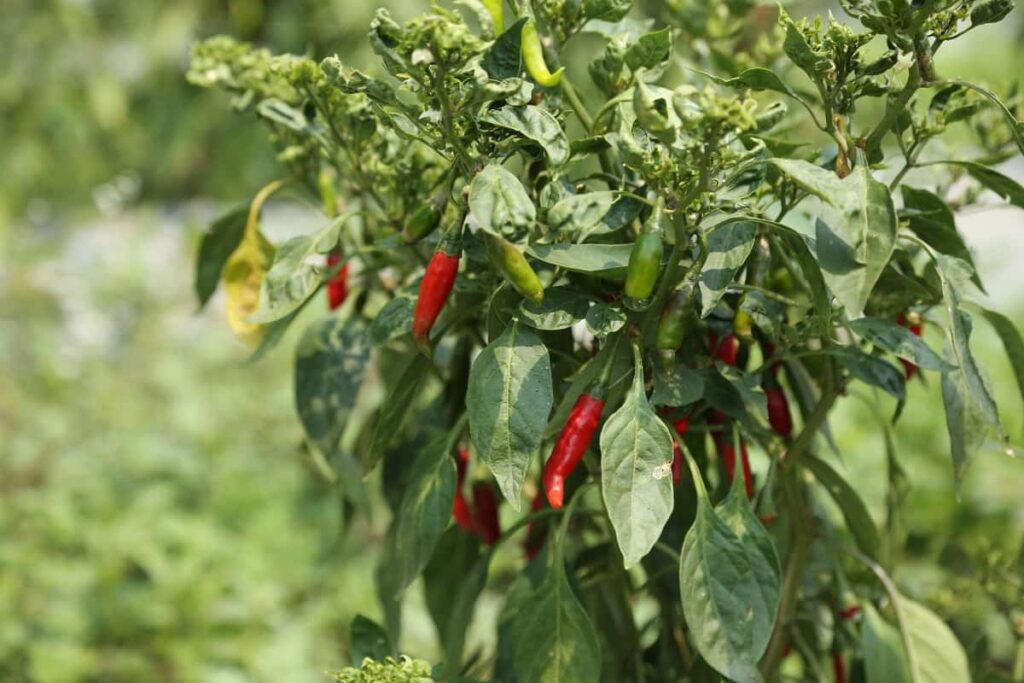
Symptoms
- The Chilli Leaf Curl Virus symptoms include upward curling of the leaf margins, yellowing of the leaf veins, and a reduction in the leaf size.
- As well as this, leaf veins become swollen as internodes and petioles begin to shorten, which causes the veins to become dilated.
- The leaves of older trees become leathery and brittle as they age. Therefore, the plant’s growth will be stunted if the infection occurs during the early stages of the growing season, resulting in a significant reduction in the plant’s yield.
- The fruit formation in susceptible cultivars is rudimentary and distorted due to the disease. This virus causes similar symptoms to those caused by the feeding damage caused by thrips and mites.
- There is a tendency for the leaves to curl towards the midrib and become deformed as a result.
- There was a significant reduction in the size of the leaves, which resulted in stunted plant growth due to shortened internodes.
- Flowers do not contain pollen grains in their anthers, and flower buds abscise before they reach full size.
- The remaining leaves will likely develop a white powder as time passes. In reality, this powder is velvety fungus spores, ready to spread when water splashes on them and they are exposed to air.
Organic control
- There is a need to control the whitefly population to prevent the virus from spreading. For this application, you can use neem or horticultural oils (derived from petroleum). Ensure that the oils are thoroughly applied to the plants, especially to the lower side of the leaves where whiteflies are most likely to be found.
- Plants that are very early infected and have a very low disease incidence should be removed and burned as soon as possible
- A sticky yellow trap or yellow sheets (A4 size) should be placed at different locations throughout the field to attract the whiteflies
- You can control whiteflies by spraying five tablespoons of dishwashing soap in 20 liters of water at intervals of 7-14 days to keep them away
- It is recommended that you spray neem seed water extract (5% concentration, weight/volume) to control vectors within 14 days of their appearance (second and third sprays must be applied at 14-day intervals)
In case you missed it: Top 18 Steps to Boost Chilli/Pepper Yield: How to Increase Production, Quality, and Tips
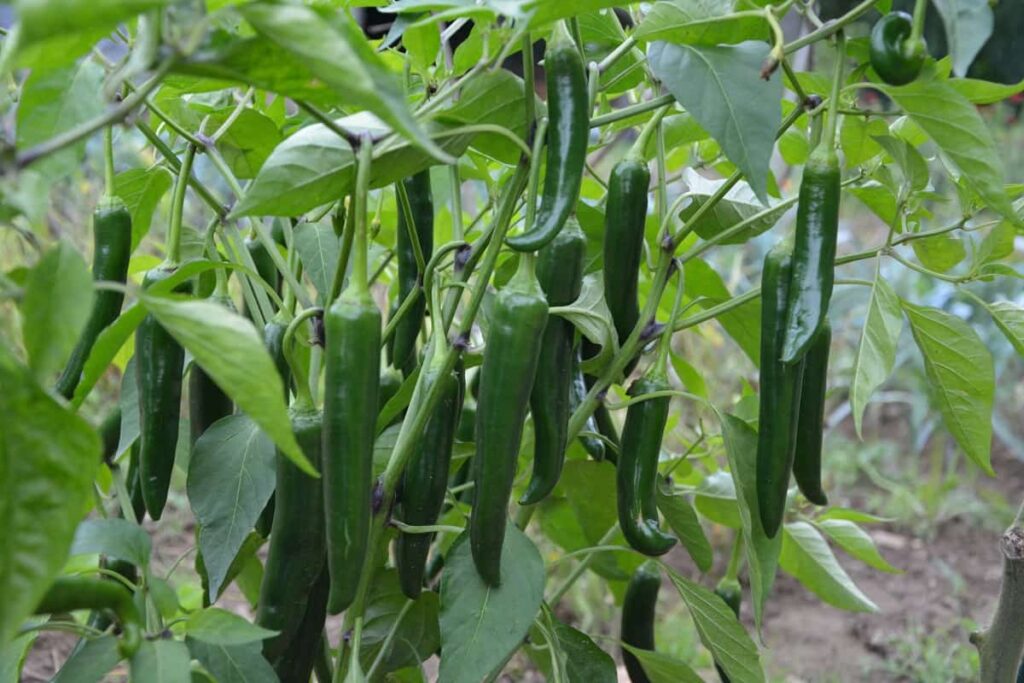
Biological control
- Several natural enemies, such as lacewings, big-eyed bugs, and minute pirate bugs, can control whiteflies’ population.
- Additionally, Amblyseius swirskii is a predatory mite that is commercially available and capable of significantly controlling the population of whiteflies in a given area.
Chemical control
- There is no known effective method for preventing or reducing the Chilli leaf curl virus in plants. As an alternative, you can use chemical control methods, such as imidacloprid or dinotefuran, to control the problem.
- Seeds can be inoculated by soaking for 30 minutes in a solution containing 150 g Trisodium orthriphosphate per liter of water to inhibit seed-borne inoculum from forming.
- Before sowing treated seeds, it is recommended to be washed with fresh water and dried.
- Imidacloprid or lambda-cyhalothrin should be sprayed on seedlings before they are transplanted to prevent vectors from spreading the disease. If you use too many insecticides on your lawn, you will cause harm to beneficial insects, and many whitefly species will become resistant to them.
- The best way to control the white fly population in a field is to spray it with imidacloprid at a rate of 5-7ml per 15L of water.
- Spray lambda-cyhalothrin into the water at a rate of 50ml per 15L of water, which is a fast-acting contact and stomach pyrethroid.
- As a preventative measure, it is recommended to rotate insecticides properly between seasons and to use only selective insecticides.
- It is recommended that Carbofuran 3G be applied at 4-5 kg per acre in the main field to control sucking complexes and insect vectors selectively
- If this is not possible, spray the crop with systemic insecticides. In a liter of water, dimethyloate should be applied at 2ml to 1g of acephate.
In case you missed it: Organic Chilli Cultivation (Peppers/Mirchi), Farming Process
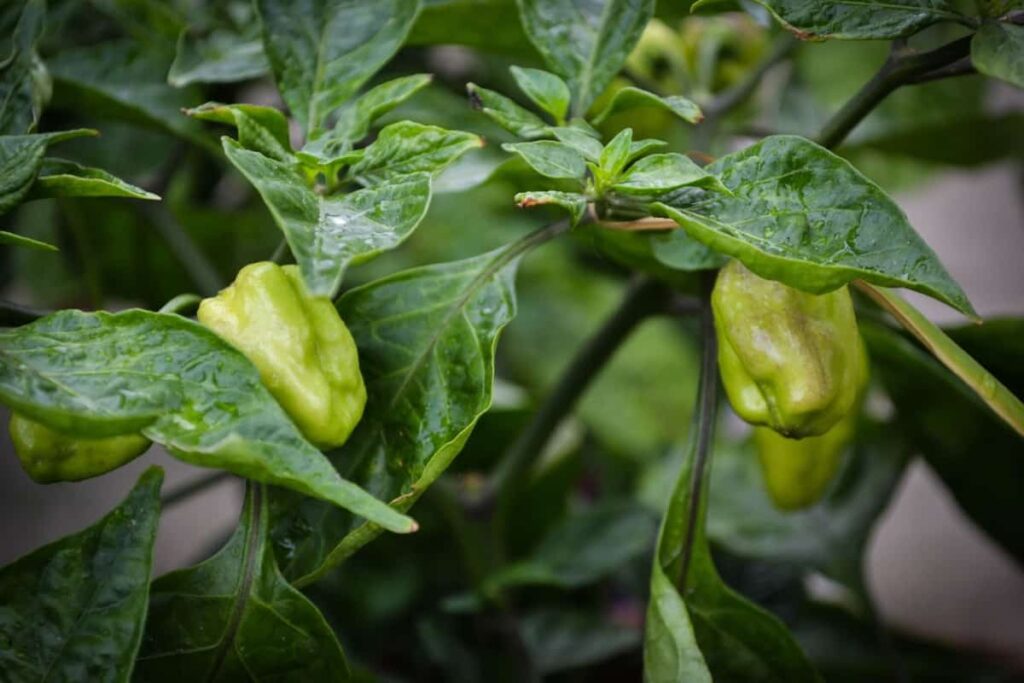
Preventive measures
- Plant-resistant species should be used, and only seeds from these species should be extracted
- The seeds should be extracted from plants with healthy fruits that are virus-free
- You should plant at least two rows of a barrier crop around the edges of your fields, such as maize, sorghum, or pearl millet.
- The nursery plants should be covered with nylon nets to control the whitefly population and protect the seedlings from them in particular.
- It is important to keep nursery plants away from Chilli production fields so that early infections can be prevented
- In the field, seedlings should be treated with insecticide before they are transplanted to the ground.
- Keep an eye on your plants regularly to detect early infections by looking for signs such as curled leaves and stunted growth.
- Place some sticky yellow traps or sheets in your field so that the whiteflies will be attracted to them.
- The vector can be controlled by growing the seedlings under the net, which can also prevent whiteflies from attacking the seedlings in the future.
- Make sure that weeds are controlled, as well as alternative host crops, such as tomatoes and peppers
- You should collect and destroy early-infested plants by burning them once infected.
- After harvesting, it is important to plow deep or burn all plant debris.
- It is important to grow mixed crops to attract beneficial insects.
In case you missed it: Chilli Seed Germination, Time, Temperature, Procedure
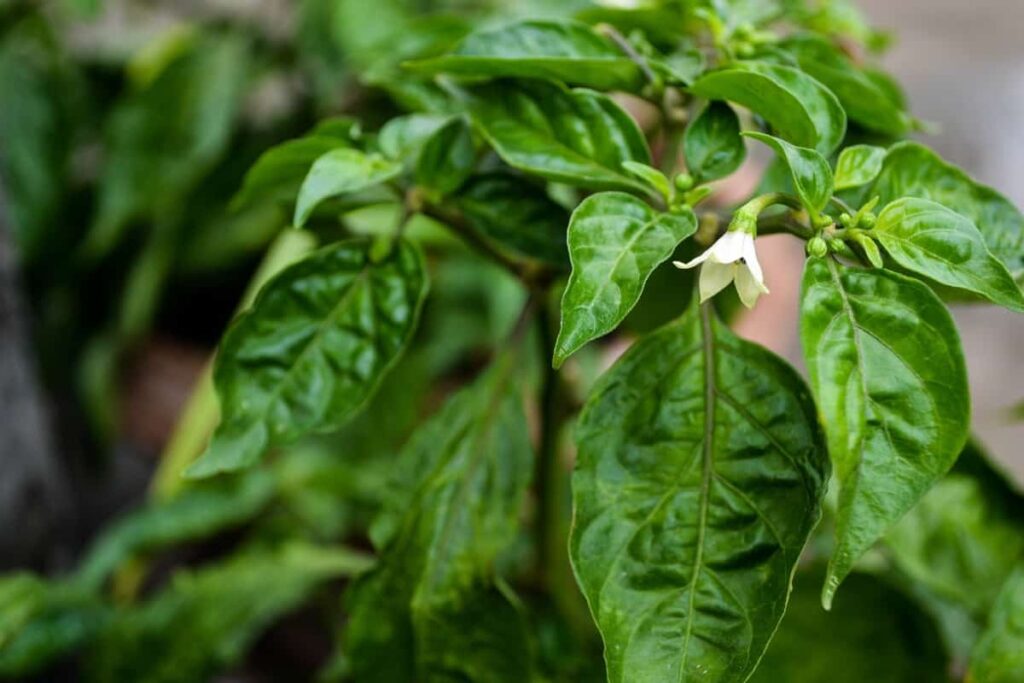
Conclusion
It is important to note that the Chilli leaf curl disease causes heavy losses in the yield and quality of the fruits of the Chilli plant. It is because, during the initial stages of growth, it does not result in the formation of fruits. On the other hand, if any fruit is formed and remains deformed and undersized, it will be considered a failure. Therefore, to avoid significant yield losses and bad fruit quality, you should be aware of these disease symptoms and control methods if you cultivate a Chilli crop.
- Types of Pesticides Used in Agriculture: A Beginner’s Guide
- Economical Aquaculture: A Guide to Low-Budget Fish Farming
- 15 Common Planting Errors That Can Doom Your Fruit Trees
- How to Make Houseplants Bushy: Effective Tips and Ideas
- Innovative Strategies for Boosting Coconut Pollination and Yield
- Pollination Strategies for Maximum Pumpkin Yield
- The Complete Guide to Chicken Fattening: Strategies for Maximum Growth
- Natural Solutions for Tulip Problems: 100% Effective Remedies for Leaf and Bulb-Related Issues
- Revolutionizing Citrus Preservation: Towards a Healthier, Greener Future
- Natural Solutions for Peony Leaf and Flower Problems: 100% Effective Remedies
- Maximizing Profits with Avocado Contract Farming in India: A Comprehensive Guide
- Natural Solutions for Hydrangea Problems: 100% Effective Remedies for Leaf and Flowers
- The Ultimate Guide to Choosing the Perfect Foliage Friend: Bringing Life Indoors
- From Sunlight to Sustainability: 15 Ways to Use Solar Technology in Agriculture
- The Ultimate Guide to Dong Tao Chicken: Exploring from History to Raising
- The Eco-Friendly Makeover: How to Convert Your Unused Swimming Pool into a Fish Pond
- Mastering the Art of Delaware Chicken Farming: Essentials for Healthy Backyard Flocks
- 20 Best Homemade Fertilizers for Money Plant: DIY Recipes and Application Methods
- How to Craft a Comprehensive Free-Range Chicken Farming Business Plan
- Brighten Your Flock: Raising Easter Egger Chickens for Beauty and Bounty
- How to Optimize Your Poultry Egg Farm Business Plan with These Strategies
- Subsidy for Spirulina Cultivation: How Indian Government Schemes Encouraging Spirulina Farmers
- Ultimate Guide to Raising Dominique Chickens: Breeding, Feeding, Egg-Production, and Care
- Mastering the Art of Raising Jersey Giant Chickens: Care, Feeding, and More
- Ultimate Guide to Raising Legbar Chickens: Breeding, Farming Practices, Diet, Egg-Production
- How to Raise Welsummer Chickens: A Comprehensive Guide for Beginners
- How to Protect Indoor Plants in Winter: A Comprehensive Guide
- Ultimate Guide to Grow Bag Gardening: Tips, Tricks, and Planting Ideas for Urban Gardeners
- Guide to Lotus Cultivation: How to Propagate, Plant, Grow, Care, Cost, and Profit
- Agriculture Drone Subsidy Scheme: Government Kisan Subsidy, License, and How to Apply Online
- Ultimate Guide to Raising Araucana Chickens: Breed Profile, Farming Economics, Diet, and Care
- Bringing Hydroponics to Classroom: Importance, Benefits of Learning for School Students
- Ultimate Guide to Raising Polish Chickens: Breed Profile, Farming Economics, Diet, and Care
- Ultimate Guide to Raising Australorp Chickens: Profile, Farming Economics, Egg Production, Diet, and Care
- Silkie Chicken Farming: Raising Practices, Varieties, Egg Production, Diet, and Care
- Sussex Chicken Farming: Raising Practices, Varieties, Egg Production, Diet and Care